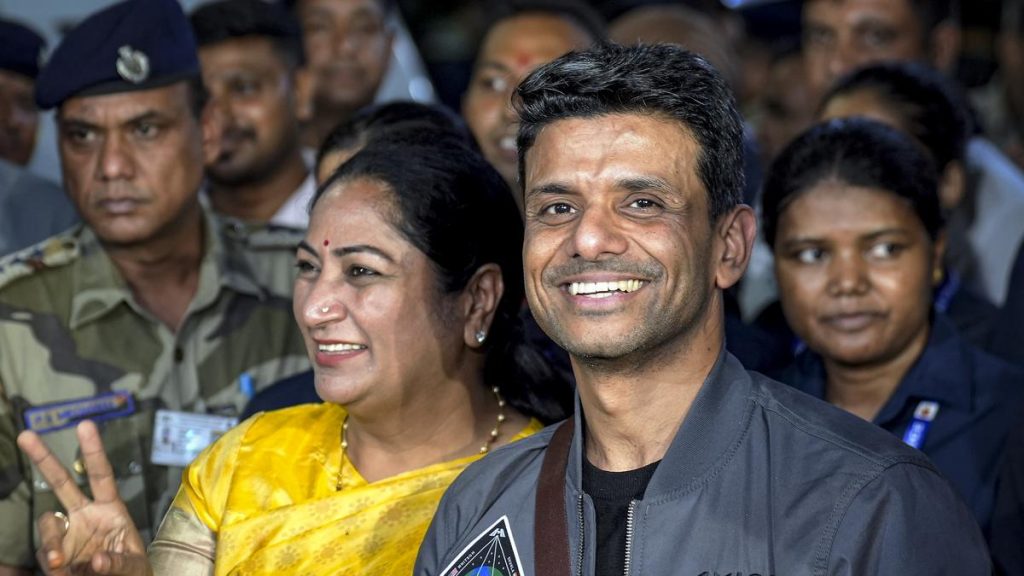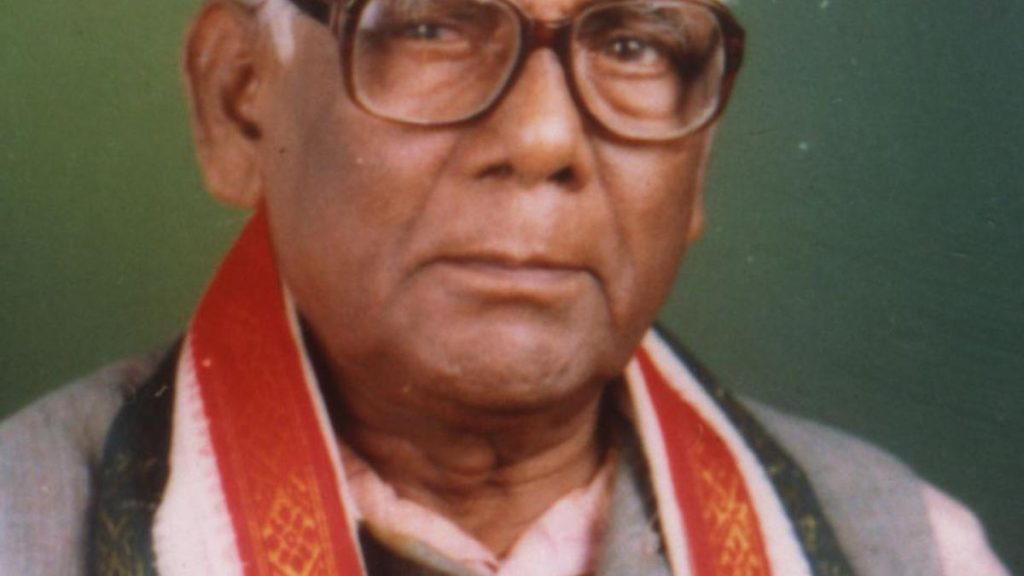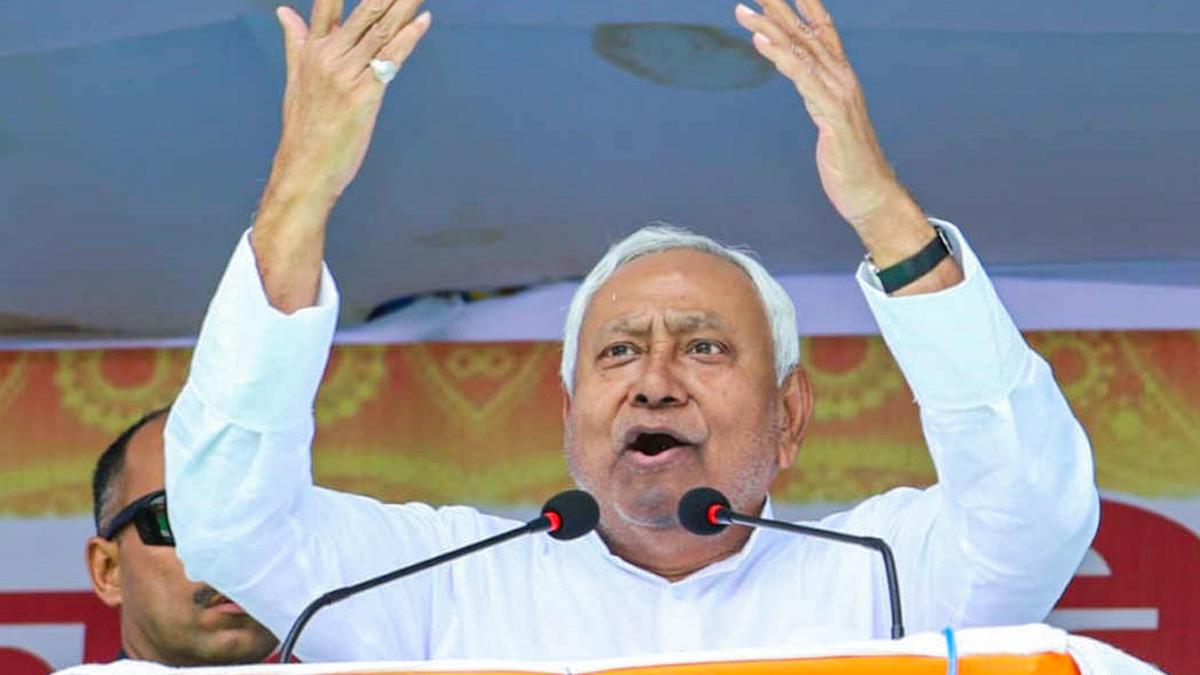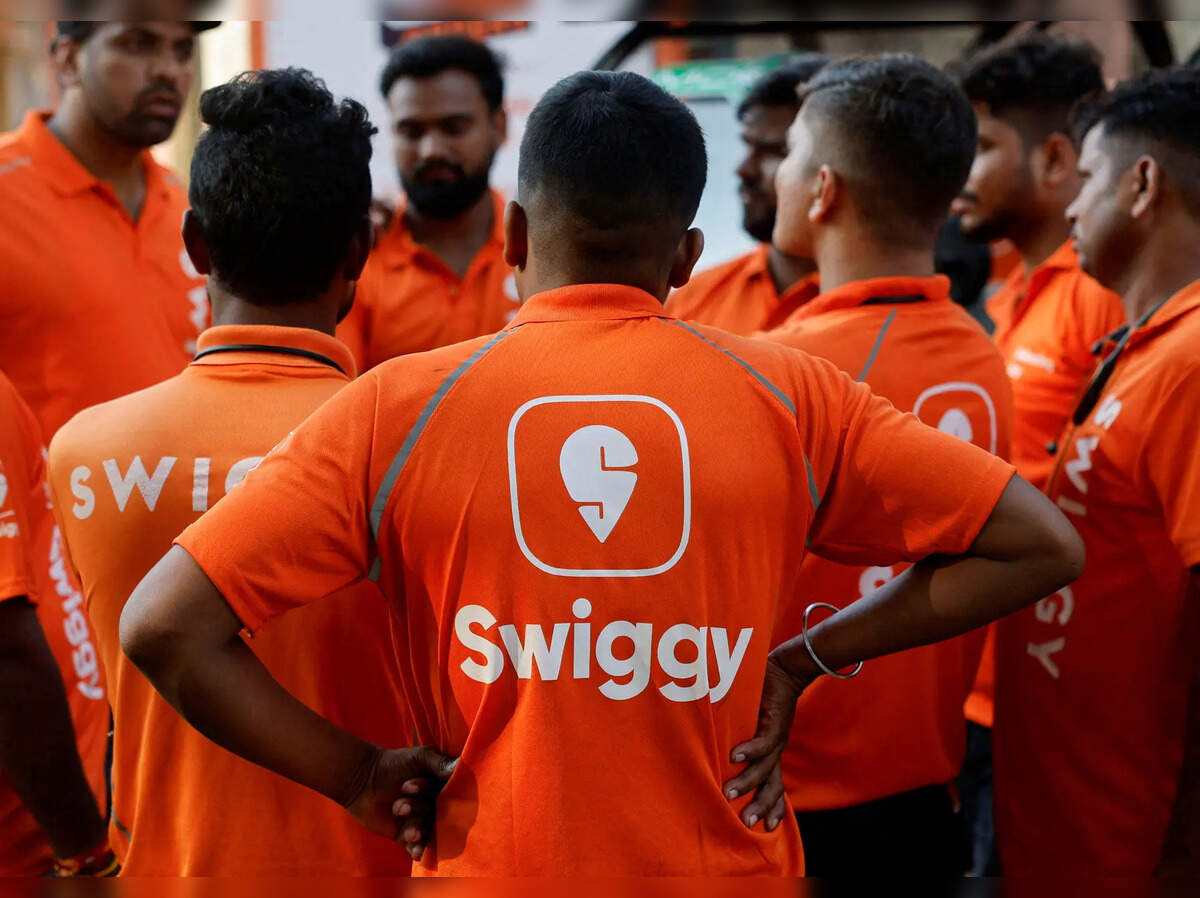Now Reading: Krishna: The Guiding Charioteer
-
01
Krishna: The Guiding Charioteer
Krishna: The Guiding Charioteer

Quick Summary:
- Janmashtami commemorates the birth of Lord Krishna, regarded as Vishnu’s eighth avatar, and symbolizes profound philosophical and ethical truths.
- The festival falls on Ashtami Tithi during Krishnapaksha in Bhadrapad month under Rohini Nakshatra.
- Mythology states that krishna’s birth involved divine intervention to save him from kamsa, an evil king prophesied to be defeated by Devaki’s eighth child. Baby Krishna was rescued by Vasudev and raised by Yashoda and Nanda.
- Celebrations include fasting until midnight, narrating childhood tales of Krishna, singing bhajans/kirtans, reciting the Bhagavad Gita, decorating homes/temples with flowers and images of Krishna, and worshiping through playful enactments such as Dahi Handi contests.
- Mathura is closely associated with Janmashtami due to iconic temples like Banke bihari Temple; other noteworthy temples include Govind Dev Temple (Jaipur) and Puri Jagannath Temple.
Indian Opinion analysis:
Janmashtami carries multidimensional importance rooted in spirituality, cultural heritage, and mythology across India. Its celebrations reflect India’s enduring ability to weave regional festivals into a collective national identity while maintaining local traditions tied deeply to places like Mathura or Braj’s pastoral imagery of Krishna’s life.
Lord Krishna’s teachings encapsulated in the Bhagavad Gita continue influencing contemporary philosophical discourse worldwide with concepts such as equanimity and adherence to dharma taking center stage during festive reflections.
The broad participation-from traditional temple rituals to modern enactments like Dahi Handi-illustrates India’s evolving approach towards integrating spirituality into communal activities subtly fostering unity within diversity across its diaspora landscape globally.


























